Card Design 2006
|
I draw Shee Yun into my card designs. In the 2005 drawings, the baby was just a cartoon form, because they were drawn in 2004 before Shee Yun was born. The 2006 drawings now have the real Shee Yun because they were drawn at end of 2005, when Shee Yun was about 8 months old. The theme of the 2006 designs is great inventions. |
|
 |
Chinese New Year Paper |
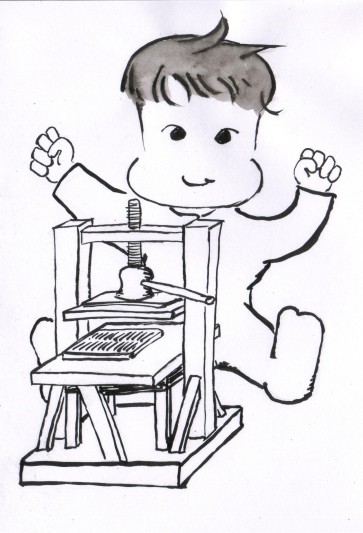 |
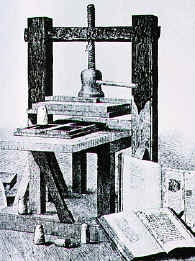 Printing Press When: 1439 The printing press brought cheap mass production of books, which contributed greatly to science and learning. Some say the Chinese invented the movable type, however it was Gutenberg who first perfected the precision casting of metal type in large quantities. The Chinese did invent paper, most likely in 105AD by Ts'ai Lun, and brought to the West by the Muslims around the 10th century. |
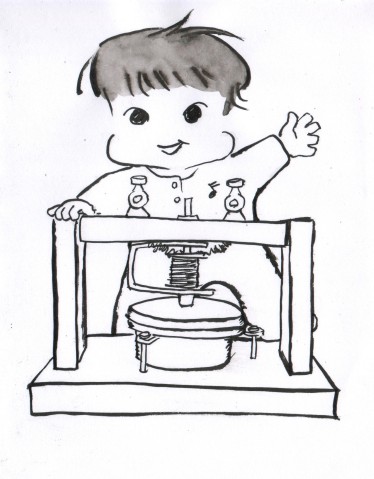 |
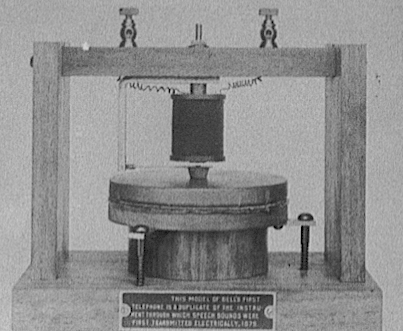
Telephone When: 1875 The telephone is an instrument that converts voice and sound signals into electrical impulses for transmission by wire to a different location, where another telephone receives the electrical impulses and turns them back into recognizable sounds. In 1875, Alexander Graham Bell built the first telephone that transmitted electrically the human voice. |
 |

Zero When: 967 The Arabs had many contributions in the field of mathematics, one of which is the introduction of the concept of zero. This concept was introduced in the West as late as the beginning of the thirteenth century. Some say that the Arabsí knowledge of zero came from India. The Maya (300AD - 800AD) also had a placeholder for zero which looks like an upside-down eye. |
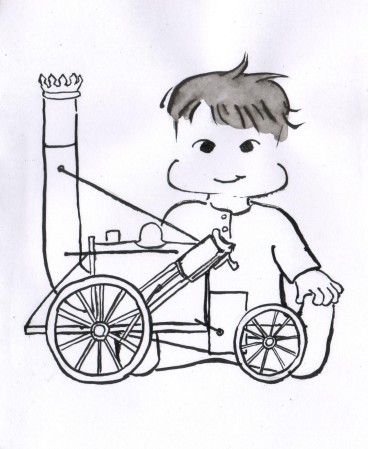 |
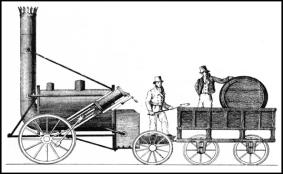
Steam Engine When: 1698 It isn't often that an invention has an entire era named after it, but the steam engine is unquestionably the namesake of the Industrial Revolution. Water wheels and windmills will only get you just so far, and the portability and power of the steam engine marked the first time that the world was truly freed from the limitations of animal power. The steam engine was directly responsible for the invention of the railroad, the oceangoing steamship, large scale mining and the staggering expansion of the European textile trade. Thomas Savery was an English military engineer and inventor who in 1698, patented the first crude steam engine. Thomas Newcomen invented the atmospheric steam engine in 1712. James Watt improved Newcomen's design and invented what is considered the first modern steam engine in 1765. |
 |
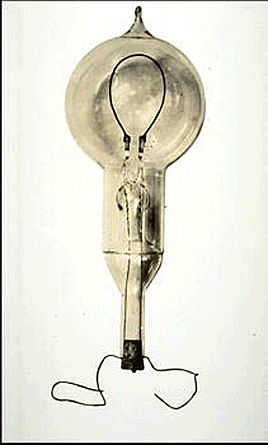
Light Bulb When: 1809 Contrary to popular belief, Thomas Alva Edison didn't "invent" the light bulb, but rather he improved upon a 50-year-old idea. In 1809, Humphry Davy, an English chemist, invented the first electric light. In 1878, Sir Joseph Wilson Swan, an English physicist, was the first person to invent a practical and longer-lasting electic lightbulb (13.5 hours) with a carbon fiber filament. In 1879, Thomas Alva Edison invented a carbon filament that burned for forty hours. |
 |
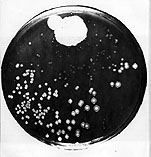
Penicillin When: 1928 The discovery of effective, nontoxic antibiotics during the 20th century ranks as possibly the most important medical invention of all time. Penicillin is responsible for saving more lives than any other single drug in history (or, indeed, any medical therapy of any kind), and it is no less important for its serendipitous discovery. Alexander Fleming discovered penicillin in 1928 when he accidentally contaminated a culture plate in his lab. It was purified and concentrated in 1939 by Howard Florey at Oxford. Andrew Moyer patented the first method of industrial production of penicillin in 1948. |
 |
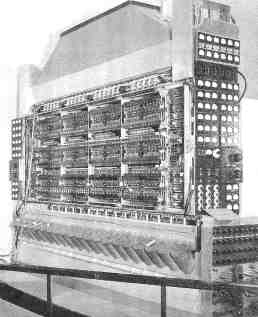
Computers When: 1938 Credit for the invention of the digital computer is currently a source of some controversy. John von Neumann is usually given credit for the idea of the stored program computer, but who gets credit for the first actual working device is probably more a matter of definition than anything else. Traditionally, John W. Mauchly and J. Presper Eckert have been given the primary credit due to their creation of the original ENIAC, a programmable electronic calculator built in 1945 for the US Army's Ballistics Research Lab (but finished too late to be of any help during World War II). Other contenders include: Konrad Zuse, who invented a mechanical programmable calculator in 1938; John V. Atanasoff and Clifford Berry, inventors of the first vacuum tube calculator, a 16-bit adder, in 1939; and Max Newman, E. Wynn-Williams, and Tommy Flowers, who invented various specialized vacuum-tube-based devices for cipher breaking at Bletchley Park during World War II. |
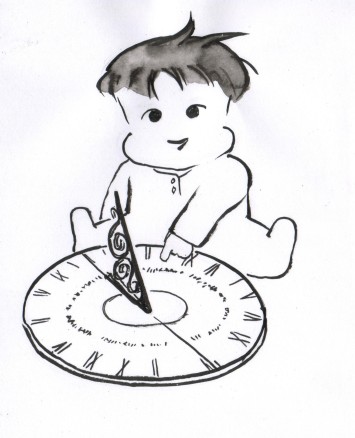 |

Clock When: 2100BC Sundials were the first clocks, used by the Egyptians in 2100BC. The water clock, which did not rely on sunlight, was probably invented by the Egyptians too in 1500BC. The Greek and romans developed more elaborate and impressive mechanized water clocks between 100BC and 500AD. A major advancement in clock design occurred in Europe in the 14th century, when weights were used. In the 15th century, springs started to replace weights, and by 1656, pendulums started to be used in clocks. The minute hand was invented in 1577 by Jost Burgi, an astronomer. |
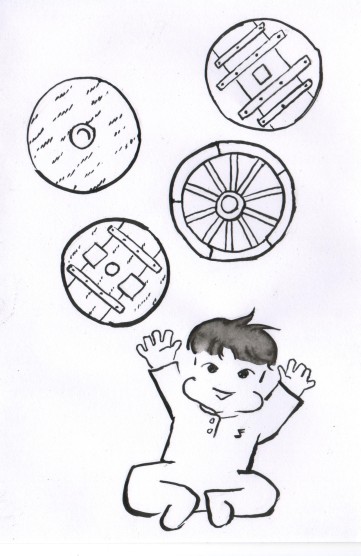 |

Wheel When: 3500BC The oldest wheel found in archeological excavations was discovered in what was Mesopotamia and is believed to be over fifty-five hundred years old. The first use of the wheel for transportation was probably on Mesopotamian chariots in 3200 BC. wheels may have had industrial or manufacturing applications before they were used on vehicles. Because the idea of the wheel appears so simple, itís easy to assume that the wheel would have simply "happened" in every culture when it reached a particular level of sophistication. However, this is not the case. The great Inca, Aztec and Maya civilizations reached an extremely high level of development, yet they never used the wheel. |
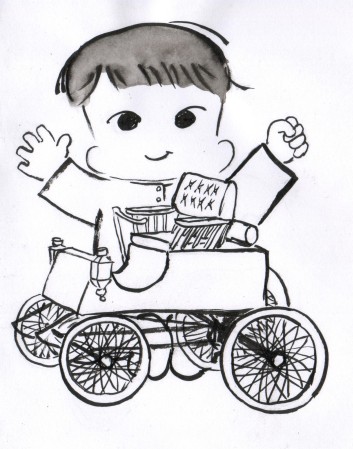 |
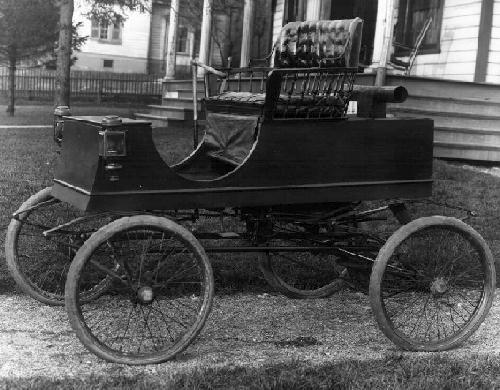
Car When: 1769 In 1769, the very first self-propelled road vehicle was invented by French mechanic, Nicolas Joseph Cugnot. However, it was a steam-powered model. In 1885, Karl Benz designed and built the world's first practical automobile to be powered by an internal-combustion engine. In 1885, Gottlieb Daimler took the internal combustion engine a step further and patented what is generally recognized as the prototype of the modern gas engine and later built the world's first four-wheeled motor vehicle. |
 |
Merry Christmas! |
Return to homepage